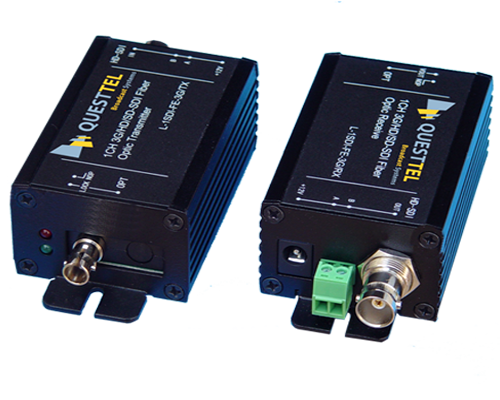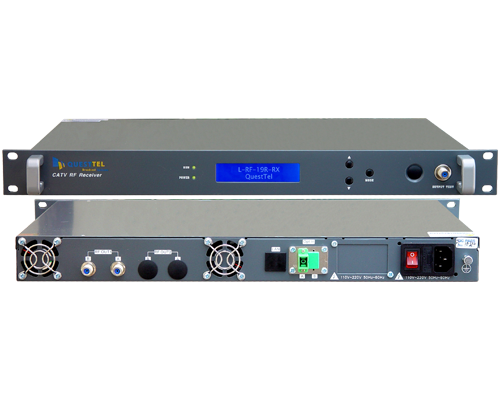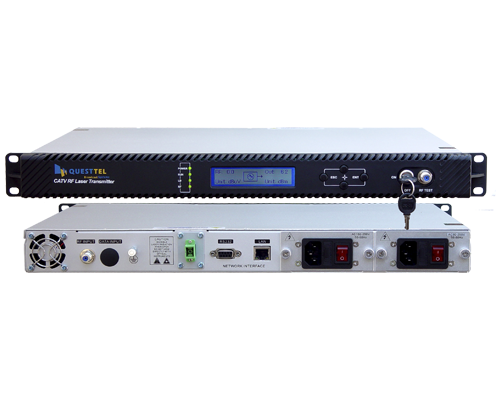Light Sources in Fiber Optic Technology
Fiber-optic communication systems require a light source to generate the signal that the fiber transmits. In practical systems, these light sources are almost always semiconductor diode lasers or LEDs. Some inexpensive short-distance systems use LEDs that emit visible light, but most systems carry near-infrared wavelengths.
Many fiber systems use light sources of gallium arsenide (GaAs) and gallium aluminium arsenide (GaAIAs) emitting at 750-900 nm. GaAs/GaAIAs lasers and LEDs were the best sources available for the first fiber-optic systems, and they remain inexpensive. However, loss and dispersion are considerably lower at longer wavelengths, so GaAs and GaAISs sources are used in short, low-speed systems.
Most long-distance systems now operate at 1300nm, where fiber loss is 0.35-0.5 dB/km (about 1/5 that at 850 nm) and where pulse dispersion is naturally very low. Semiconductor lasers or LEDs that emit at 1300 nm are made of indium gallium arsenide phosphide (InGaAsP). Those devices are harder to make than GaAs devices and are thus much more expensive. A few systems use crystalline neodymium lasers that emit a continuous beam near 1300 nm, which can generate higher powers than semiconductor lasers but require external modulation.
Some systems operate at 1550 nm, where fiber loss is only 0.2-0.3 dB/km and optical amplifiers can stretch transmission distances even further. However, systems operating at 1550 nm must be designed carefully to reduce effects that can cause much larger pulse dispersion than at 1300 nm. InGaAsP is used to make 1550 nm devices, but the task is harder than producing 1300 nm lasers and LEDs. Another possible light source is a length of optical fiber doped with the rare earth erbium so that it operates as a laser at 1550 nm. However, like neodymium lasers, erbium-doped fiber lasers require external modulation.
QuestTel shall have no liability for any error or damage of any kind resulting from the use of this document.



